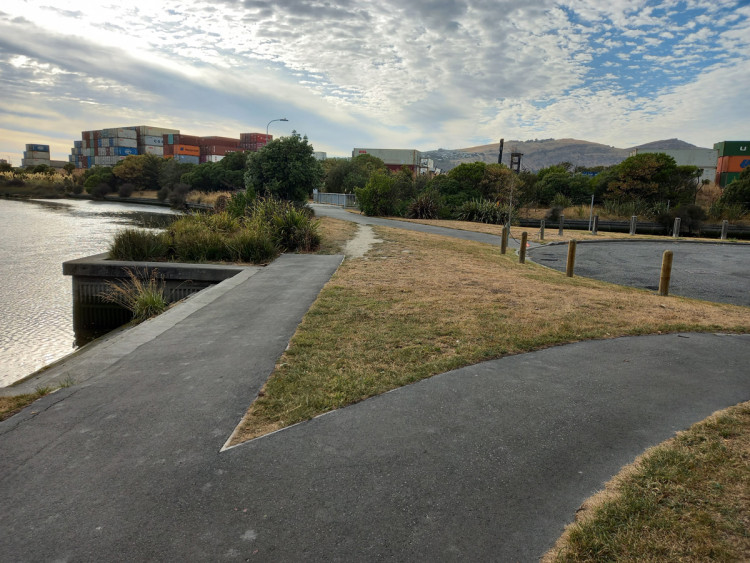Walking is part of almost every journey, failure in providing and maintaining safe, attractive and accessible environments will undermine the ability of majority of journeys to be undertaken, not just those that are solely walking for the entire journey. Without timely and adequate maintenance, facilities that initially encouraged walking can become trips or falls hazards, create safety issues and ultimately discourage pedestrian movement.
The purpose of maintaining public pedestrian infrastructure goes beyond ensuring they do not degrade; it can also be used to improve them. Pedestrian assets include footpaths, walkways, shared paths, shared zones and pedestrian crossings. These facilities make up the pedestrian network that comprises of roads, streets and other public spaces, such as parks and reserves.
This section provides guidance on:
For information on maintaining pedestrian crossing infrastructure at traffic signals, see the Waka Kotahi Specification for the maintenance and repair of traffic signal installations, or the relevant RCA specifications.
Specification for the maintenance and repair of traffic signal installations [PDF, 176 KB]
For information about providing for pedestrians during temporary works, see New Zealand guide to temporary traffic management.
New Zealand guide to temporary traffic management (NZGTTM)

Opportunity example: Missing footpath connection could be added when the existing path is next resurfaced. (Photo: Jeanette Ward).